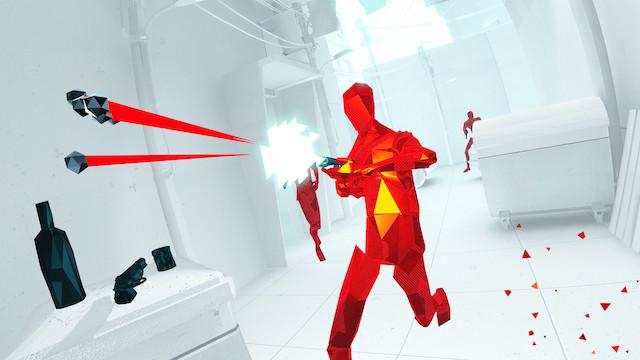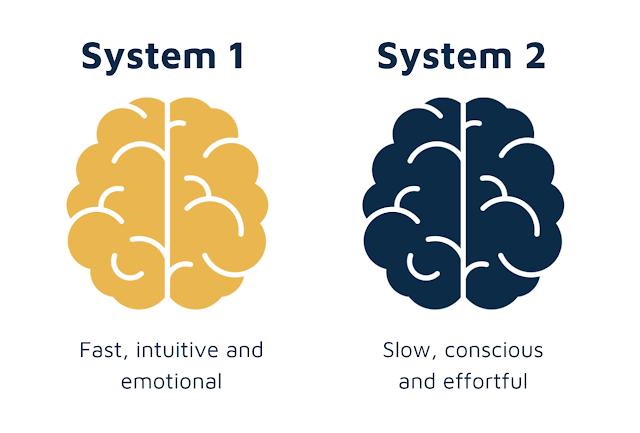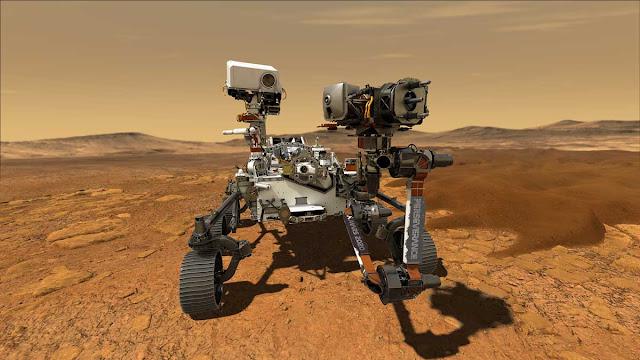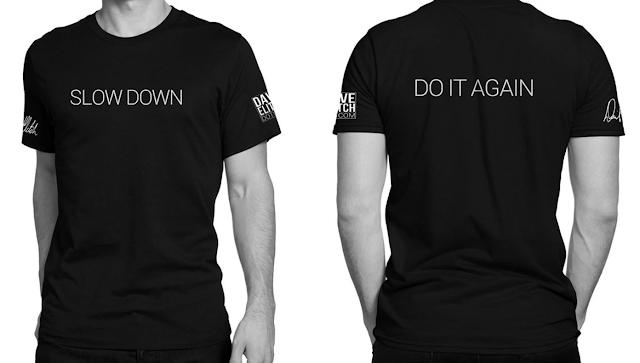Superhot: Thinking Fast and Slow
I faced down three attackers in my living room last night. I used a knife on the first one, grabbed his pistol and fired on the second, then stole his shotgun to take out the third. A message appeared in front of me indicating I had completed the level. This encounter was happening inside the virtual reality game Superhot, which I was playing with my Quest 2 head-mounted display.

I was able to string together this chain of impressive maneuvers because I was immersed in a world where time worked quite differently. In Superhot if you freeze, then time freezes; if you move slowly, then time moves slowly. This means in Superhot you feel like Neo in The Matrix. You can stop moving and watch bullets freeze mid-flight. You can step out of their way, or simply flick them to the ground. In Superhot, grabbing a gun out of the air is as easy as grabbing a can of soup off the shelf at the grocery store. At the start of each new level, you can take your time to formulate a plan before starting to execute it. It’s really a strategy and puzzle game but disguised as a shooter.

Daniel Kahneman's System 1 and System 2
In his book Thinking, Fast and Slow psychologist Daniel Kahneman describes two modes of thinking: System 1 and System 2. Decisions coming from System 1 happen fast and are mostly automatic. For example, interpreting someone’s facial expression, tying your shoes, or playing a musical instrument you know well are all activities dominated by System 1. In contrast, actions coming from System 2 are the result of careful and conscious deliberation. Filling out a tax form, following a new recipe, or carefully parking a car are mostly System 2. Superhot’s genius is that it lets you tackle System 1 situations using your slower but wiser System 2. This fantasy means you are more perceptive, smarter, faster, and more coordinated than you could ever be in real life. You are Neo or Jason Bourne or pick your favorite action hero.

NASA’s Mars rover Perseverance landed on the red planet in February of 2021. During the landing sequence, decisions were being made locally by the rover’s onboard computers. The ten-minute round-trip communication time to Earth did not allow humans to micro-manage. The rover had to rely on its System 1. Once safely on the surface, however, the rover could start receiving instructions from its home planet. From then on, if there was a question about which way to go or what to do, mission specialists and scientists on Earth could discuss and debate as long as they wanted. They were the rover’s System 2.
A notable thing about System 1 is you have to learn it yourself from personal experience. No one with an expert System 1, say in playing basketball, can transfer that information directly to you; they cannot directly program your System 1. In The Matrix they downloaded Kung Fu into Keanu Reeves in about 10 seconds, we are not even close to being able to do this in reality. We can, however, somewhat get the effect of Superhot in the real world, but it requires years of painstaking training. When Tim Howard, the goalkeeper for the United States Men’s National Team, was preparing for the World Cup he said “the game has been slowing down for me recently.” The game was going the same speed, but it was slowing down for him because his perceptual and decision-making machinery were running faster, or simply operating better, such that he felt he had more time to make decisions and take actions.

How do you learn to be so good at something time seems to slow down? Ironically you might have to slow down on purpose first. If your goal is to train your System 1, you need to allow your System 2 to be involved in the training process. You need the two systems to work together. Drumming teacher Dave Elitch sells a T-shirt on his website which says “slow down” on the front and “do it again” on the back. He says aspiring drummers typically stumble their way through complex patterns, inevitably flubbing the execution. He implores his students to drum as slowly as necessary to get it right, and only speed it up after they can play it correctly.
The military has a slogan that captures the same idea, they say “slow is smooth and smooth is fast”. Operate at a speed you can handle so you avoid mistakes that would have slowed you down if you had rushed. Do it right and the speed will come. We can also experience some of the Superhot-effect by realizing that sometimes an instant response is not required. Sometimes we can allow our System 2 to come online and advise us. Sometimes we can purposely slow things down even when it’s not a dress rehearsal, even when we are in the middle of a critical situation. For example, in a heated discussion, we often forget when formulating our witty reply to someone that our first choice is whether to say anything at all. Often if we just say nothing, and take a breath, our System 2 will come online and feed us a better response, even if we only pause for a second or two. Your System 1 might want to lash out at your boss, but your System 2 will remember you have a mortgage to pay. Even better your System 2 might help you find a new better job and plan a strategic exit from the company, which is usually better than quitting in a huff.
In addition to performing complex tasks in real-time, System 1 is the home turf for all of your habits. To create a new good habit, or drop an unwanted habit, you need the help of System 2 to train your System 1. For example, suppose when you come home you tend to leave your keys in random places around the house. Such that you have to frustratingly look for them every morning. To create the habit of putting them in a decorative bowl by the door, you need to be very aware when you walk in the house, you need to interrupt your automatic routine and insert this new step, dropping the keys into the bowl. Slowly, eventually, it will become automatic, System 1 will take over.
If you have a bad habit of eating a large dessert every night after dinner, bring your System 2 online, see what insight it can add to the situation. If your goal is to lose weight, does it make sense to eat this large slice of chocolate cake? Mull it over, take your time. Unattended and untrained your System 1 will gobble the cake down, but if you momentarily phone home to Earth, and you let the calm-thinking mission specialists consider the pros and cons, you’ll choose to skip the sweet treat. And eventually, with consistent training, your System 1 might be able to do the same on its own. Attention and awareness are generic cognitive skills you can develop directly through meditation-like practices, but you can also improve your attention and awareness by simply becoming really good at something, and it almost doesn’t matter what it is.
This is why we shuttle our kids to soccer practices and piano lessons. Even if they never become experts in those things, we believe the time spent struggling and learning will help them in school and their life in general. If you always remember that you have these two systems it will naturally lead you to be more compassionate with yourself and your current limitations. The lovely Anne Lamott wrote, “Try looking at your mind as a wayward puppy that you are trying to paper train. You don’t drop-kick a puppy into the neighbor’s yard every time it piddles on the floor. You just keep bringing it back to the newspaper.” Training your System 1 takes time, attention, awareness, patience, compassion, creativity, and an assortment of clever learning strategies. Master these meta-cognitive skills and they will benefit you in every new thing you learn from here on out. With time you might even become the next Jason Bourne.